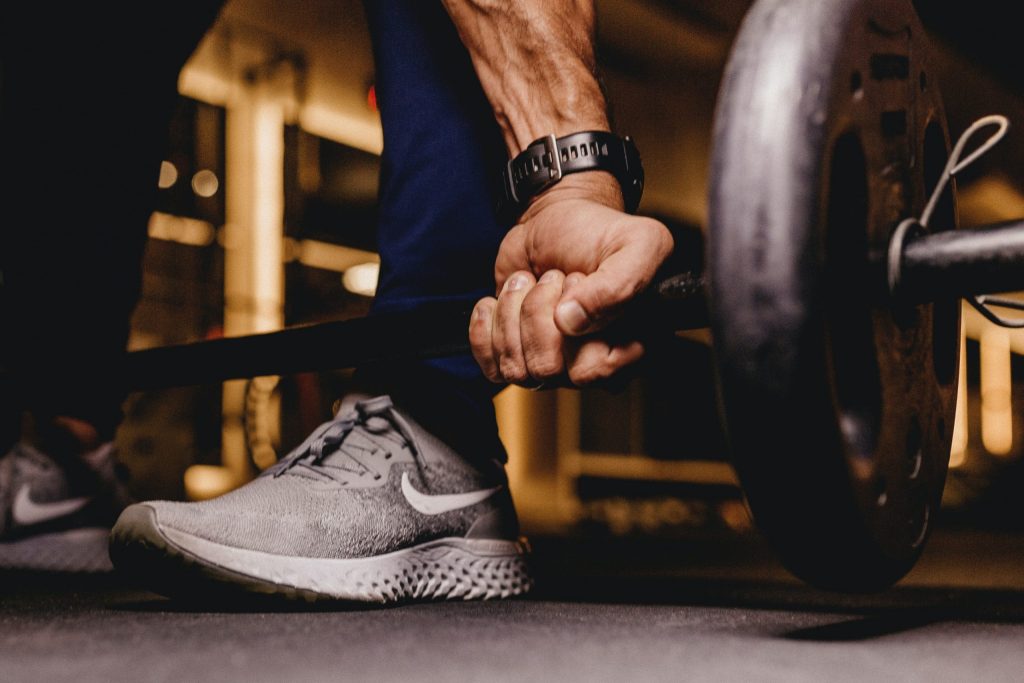Strength Training: How Distance Runners Can Improve Performance And Prevent Injury
Muscle strength can help distance runners improve their speed and performance. In fact, resistance training improves a trained runner’s economy by at least 8%, a study in Sports Medicine reveals. Since strength training makes muscles, tissues, bones, tendons, ligaments, and joints more robust, it can also help you maintain a consistent training program that lets you increase your repetitions and miles with minimal risk of injury. It can essentially help protect your body from the high-impact forces of running.
 Start slow to avoid injury
Start slow to avoid injury
Just like you work on increasing your running mileage slowly over time, it’s also important to take a similar gradual approach to improving your strength. Once you’ve built up a basic foundational level of strength, you can then begin to lift heavier and heavier, slowly increasing both intensity and volume over time. You need a good basic level of strength adaptation to be ready to handle the extra force heavy weights place on your muscles, ligaments, joints, and tendons to ultimately prevent injury.
To start building your strength, focus on the main foundational patterns: lunges, squats, chest press, deadlifts, and rows. Throw in some planks to also strengthen your core. Begin with around five to 10 reps and three to four sets. If you’re totally new to strength training, keep it bodyweight-only at first before gradually adding weight (aim for a challenging load that still allows you to maintain proper form). When you’re ready to go to a gym, be sure to pick one that offers high-quality strength training equipment. Robust, performance-oriented equipment is key to helping you get the most out of your workouts. And, since good form and recovery should always be your priority, focus on performing just one exercise at a time rather than using supersets or circuits. Compound movements like deadlifts, bent-over rows, squats, and fundamental lifts are also particularly beneficial for runners; these moves work multiple muscle groups simultaneously and help your body better produce and control force. So, opt for compound exercises over less-beneficial muscle-isolation moves, such as, triceps extensions and biceps curls.
How often should runners lift?
How often you lift depends on the type of training you’re doing, your fitness level, and whether it’s racing season or not. During the off-season, focus on the heavy, multi-joint movements (like bench presses and barbell deadlifts) that are harder on the body — practice these around one to three times per week. Although these heavier lifts can also be beneficial during the racing season, be careful to lower your intensity and frequency (down to either just one or two sessions per week). And, as you get nearer to race day, it’s also important to start to decrease the number of reps and sets with heavy weights.
Building strength should be a priority for all distance runners. By incorporating strength training regularly and safely into your fitness routine, you’ll be able to boost your speed, performance, and fitness, while also reducing your risk of injury.






